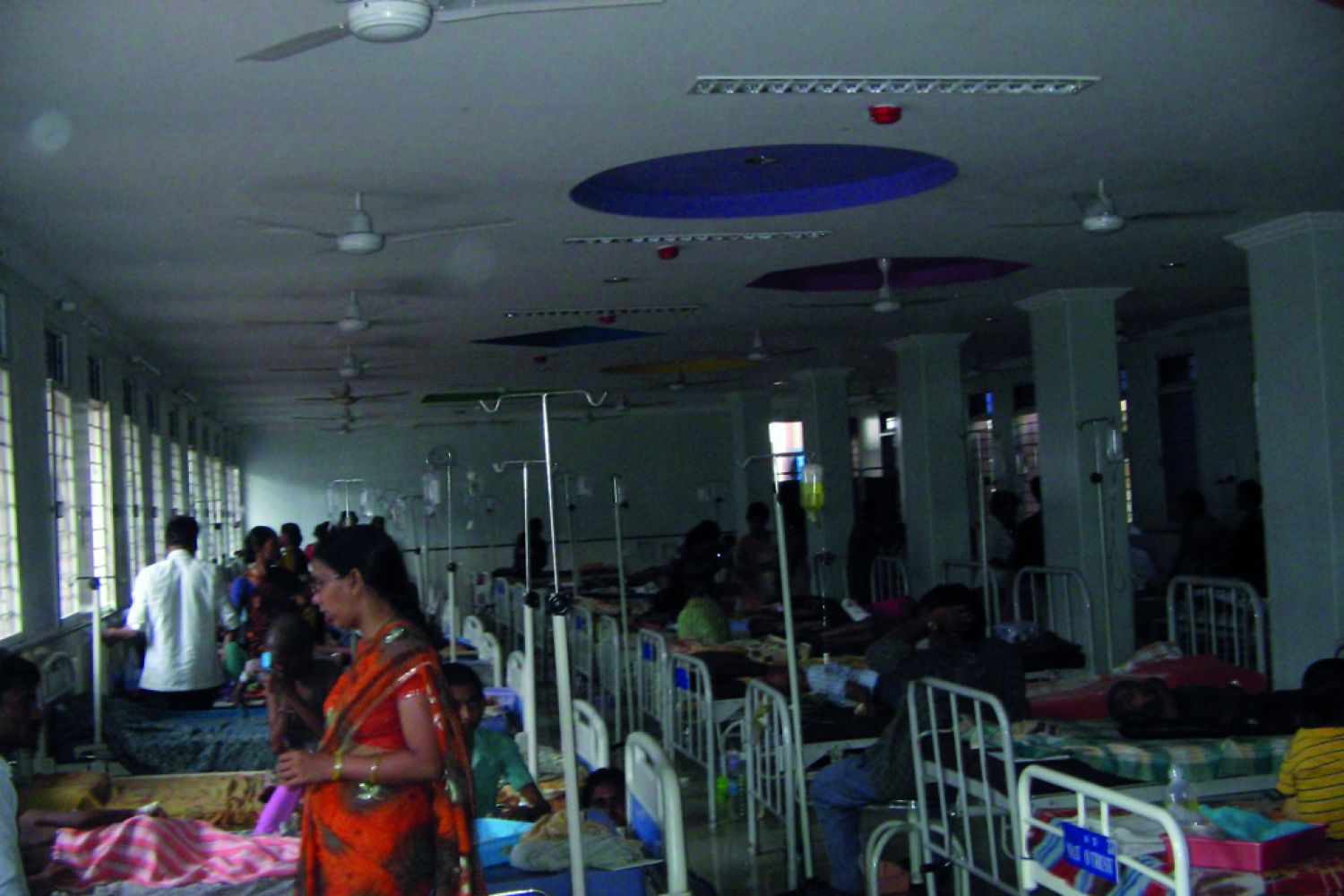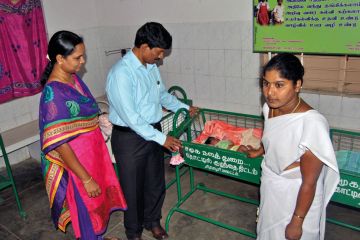
Dr Jagadeswar Reddy
injects 50mg of Tranexamic acid into the intravenous canula of an
eight-month-old boy. He is suffering from epithelioid sarcoma. On the left side
of his neck, a big ball-size tumor oozes blood.
Thrice a day at the
MNJ Institute of Oncology’s pediatric ward in Hyderabad they inject Tranexamic
acid to stem the bleeding. His eyes beat like butterfly wings. He is on 1.5 mg
morphine every six hours, to reduce the pain. The bleeding is unstoppable.
Next to the boy lies





